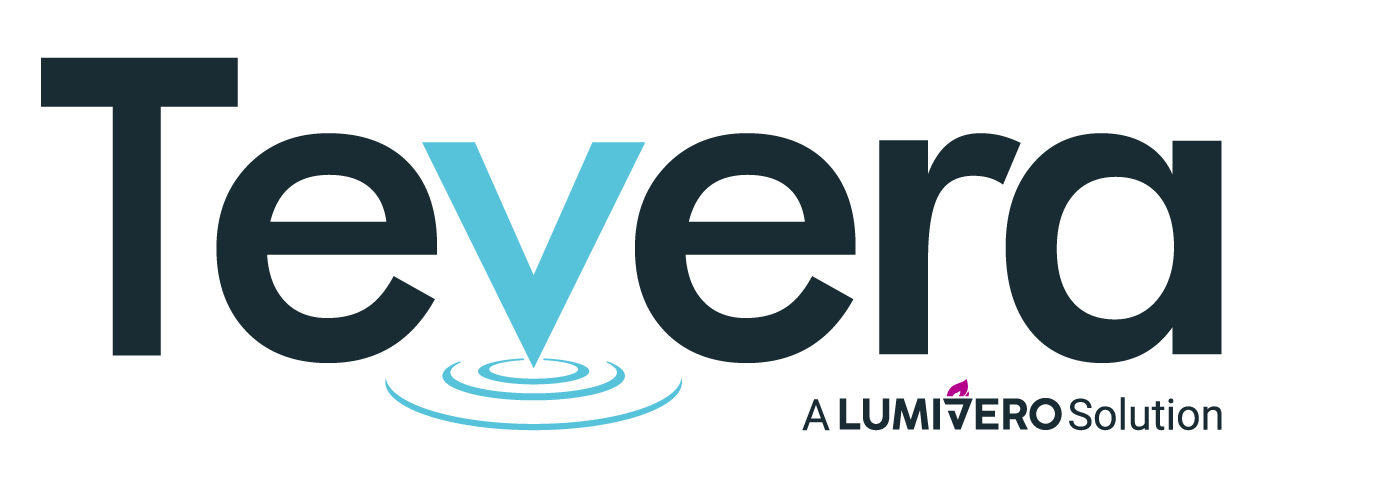Hidden Costs of Software: A Checklist for College Programs
What are some hidden costs to consider when purchasing software?
Some hidden costs to consider when purchasing software include implementation and training costs, maintenance and support fees, upgrade fees, customization fees, and integration costs. It’s important to thoroughly evaluate the total cost of ownership before making a purchase decision.
As discussed in our previous post, “An Integrated Software Platform: A Symphony of Efficiency,” integrated software platforms have the potential to significantly enhance the efficiency and effectiveness of your college program. However, making the switch from a patchwork of various software systems to a cohesive, integrated platform can seem daunting—especially if you’re not aware of the hidden costs associated with maintaining multiple, non-integrated systems.
To help you better understand these costs and the benefits of switching to an integrated platform, we’ve created a checklist for evaluating the hidden costs of your current mix of software solutions.
Maintenance and Support
How much time does your staff spend managing, updating, and resolving compatibility issues with your various software systems? Consider the time cost as well as the monetary cost of hiring or training staff with the necessary expertise.
Reduced Productivity
Consider the inefficiencies caused by having to manually input and reconcile data across multiple systems. What impact does this have on staff productivity and how might it affect the quality of your educational services?
Increased Costs Over Time
Evaluate the ongoing costs of training, implementation, maintenance, and updates for each system. Remember, these costs can add up significantly over time, accounting for around 70% of the total cost of ownership for software systems.
Compatibility Issues
Are there compatibility issues between your systems that can lead to data inconsistencies, redundancies, and potential loss? Assess the impact of these issues on your reporting and decision-making processes.
Duplicative Training and Onboarding
Consider the time and resources spent on training staff to use each system. Remember to factor in the learning curve associated with each new system, which can lead to reduced productivity during the learning period.
Inefficient Communication
Evaluate how your current software mix impacts communication between different stakeholders within your program. How much time and resources are wasted due to inefficient or ineffective communication?
By examining these areas, you can gain a better understanding of the true costs of your current software solutions. This, in turn, can help you make an informed decision about whether to switch to a centralized, integrated platform.
In a previous article, we introduced Tevera as an example of an integrated platform designed for managing college programs. By bringing together the crucial components of field experience, assessment management, and program outcomes, Tevera presents a strong argument for the power of integrated software solutions.
Make sure to revisit our earlier blog post for a more detailed discussion on the benefits of integrated software platforms like Tevera and how they can streamline your program management, foster better communication, and ultimately enhance the educational experience for both students and staff.
SOLUTIONS
RELATED POSTS
PRODUCT OVERVIEW
See how Tevera can elevate your program.
Hidden Costs of Software: A Checklist for College Programs
What are some hidden costs to consider when purchasing software?
Some hidden costs to consider when purchasing software include implementation and training costs, maintenance and support fees, upgrade fees, customization fees, and integration costs. It’s important to thoroughly evaluate the total cost of ownership before making a purchase decision.
As discussed in our previous post, “An Integrated Software Platform: A Symphony of Efficiency,” integrated software platforms have the potential to significantly enhance the efficiency and effectiveness of your college program. However, making the switch from a patchwork of various software systems to a cohesive, integrated platform can seem daunting—especially if you’re not aware of the hidden costs associated with maintaining multiple, non-integrated systems.
To help you better understand these costs and the benefits of switching to an integrated platform, we’ve created a checklist for evaluating the hidden costs of your current mix of software solutions.
Maintenance and Support
How much time does your staff spend managing, updating, and resolving compatibility issues with your various software systems? Consider the time cost as well as the monetary cost of hiring or training staff with the necessary expertise.
Reduced Productivity
Consider the inefficiencies caused by having to manually input and reconcile data across multiple systems. What impact does this have on staff productivity and how might it affect the quality of your educational services?
Increased Costs Over Time
Evaluate the ongoing costs of training, implementation, maintenance, and updates for each system. Remember, these costs can add up significantly over time, accounting for around 70% of the total cost of ownership for software systems.
Compatibility Issues
Are there compatibility issues between your systems that can lead to data inconsistencies, redundancies, and potential loss? Assess the impact of these issues on your reporting and decision-making processes.
Duplicative Training and Onboarding
Consider the time and resources spent on training staff to use each system. Remember to factor in the learning curve associated with each new system, which can lead to reduced productivity during the learning period.
Inefficient Communication
Evaluate how your current software mix impacts communication between different stakeholders within your program. How much time and resources are wasted due to inefficient or ineffective communication?
By examining these areas, you can gain a better understanding of the true costs of your current software solutions. This, in turn, can help you make an informed decision about whether to switch to a centralized, integrated platform.
In a previous article, we introduced Tevera as an example of an integrated platform designed for managing college programs. By bringing together the crucial components of field experience, assessment management, and program outcomes, Tevera presents a strong argument for the power of integrated software solutions.
Make sure to revisit our earlier blog post for a more detailed discussion on the benefits of integrated software platforms like Tevera and how they can streamline your program management, foster better communication, and ultimately enhance the educational experience for both students and staff.
Hidden Costs of Software: A Checklist for College Programs
What are some hidden costs to consider when purchasing software?
Some hidden costs to consider when purchasing software include implementation and training costs, maintenance and support fees, upgrade fees, customization fees, and integration costs. It’s important to thoroughly evaluate the total cost of ownership before making a purchase decision.
As discussed in our previous post, “An Integrated Software Platform: A Symphony of Efficiency,” integrated software platforms have the potential to significantly enhance the efficiency and effectiveness of your college program. However, making the switch from a patchwork of various software systems to a cohesive, integrated platform can seem daunting—especially if you’re not aware of the hidden costs associated with maintaining multiple, non-integrated systems.
To help you better understand these costs and the benefits of switching to an integrated platform, we’ve created a checklist for evaluating the hidden costs of your current mix of software solutions.
Maintenance and Support
How much time does your staff spend managing, updating, and resolving compatibility issues with your various software systems? Consider the time cost as well as the monetary cost of hiring or training staff with the necessary expertise.
Reduced Productivity
Consider the inefficiencies caused by having to manually input and reconcile data across multiple systems. What impact does this have on staff productivity and how might it affect the quality of your educational services?
Increased Costs Over Time
Evaluate the ongoing costs of training, implementation, maintenance, and updates for each system. Remember, these costs can add up significantly over time, accounting for around 70% of the total cost of ownership for software systems.
Compatibility Issues
Are there compatibility issues between your systems that can lead to data inconsistencies, redundancies, and potential loss? Assess the impact of these issues on your reporting and decision-making processes.
Duplicative Training and Onboarding
Consider the time and resources spent on training staff to use each system. Remember to factor in the learning curve associated with each new system, which can lead to reduced productivity during the learning period.
Inefficient Communication
Evaluate how your current software mix impacts communication between different stakeholders within your program. How much time and resources are wasted due to inefficient or ineffective communication?
By examining these areas, you can gain a better understanding of the true costs of your current software solutions. This, in turn, can help you make an informed decision about whether to switch to a centralized, integrated platform.
In a previous article, we introduced Tevera as an example of an integrated platform designed for managing college programs. By bringing together the crucial components of field experience, assessment management, and program outcomes, Tevera presents a strong argument for the power of integrated software solutions.
Make sure to revisit our earlier blog post for a more detailed discussion on the benefits of integrated software platforms like Tevera and how they can streamline your program management, foster better communication, and ultimately enhance the educational experience for both students and staff.


















